
Lake Madrone Sediment Removal
The removal of an estimated 42,000 - 45,000 cubic yards (CY) of sediments including soft sediments, granite sand, and other organic materials from Lake Madrone within channels Berry Creek, Galen Creek, and from coves within Moss Creek and Fern Dell Creek tributaries. This sediment was deposited from the severe winter storms during Winter 2022/2023 (California Severe Winter Storms, Flooding, Landslides, and Mudslides, DR-4683). Excavated sediment material from Lake Madrone will be transported off-site to a certified and qualified disposal site and a bathymetric study of Lake Madrone will be conducted after removal is completed to certify new elevations and water storage capacity for the Berry Creek community.

Bale Slough - Bear Creek Restoration Project Group A, Sites 1-5
Hanford graded the creek and floodplain and installed woody debris and native plants to support the site in restoring the stream and floodplain function, improve the quality and resilience of aquatic and terrestrial species, and reduce property damaged due to sediment delivery associated with bank erosion. Additionally, the wood structures aided in creating enhanced flows during rearing and foraging life stages of steelhead trout while contributing to the reduction of fine sediment discharges and streambed stabilization.
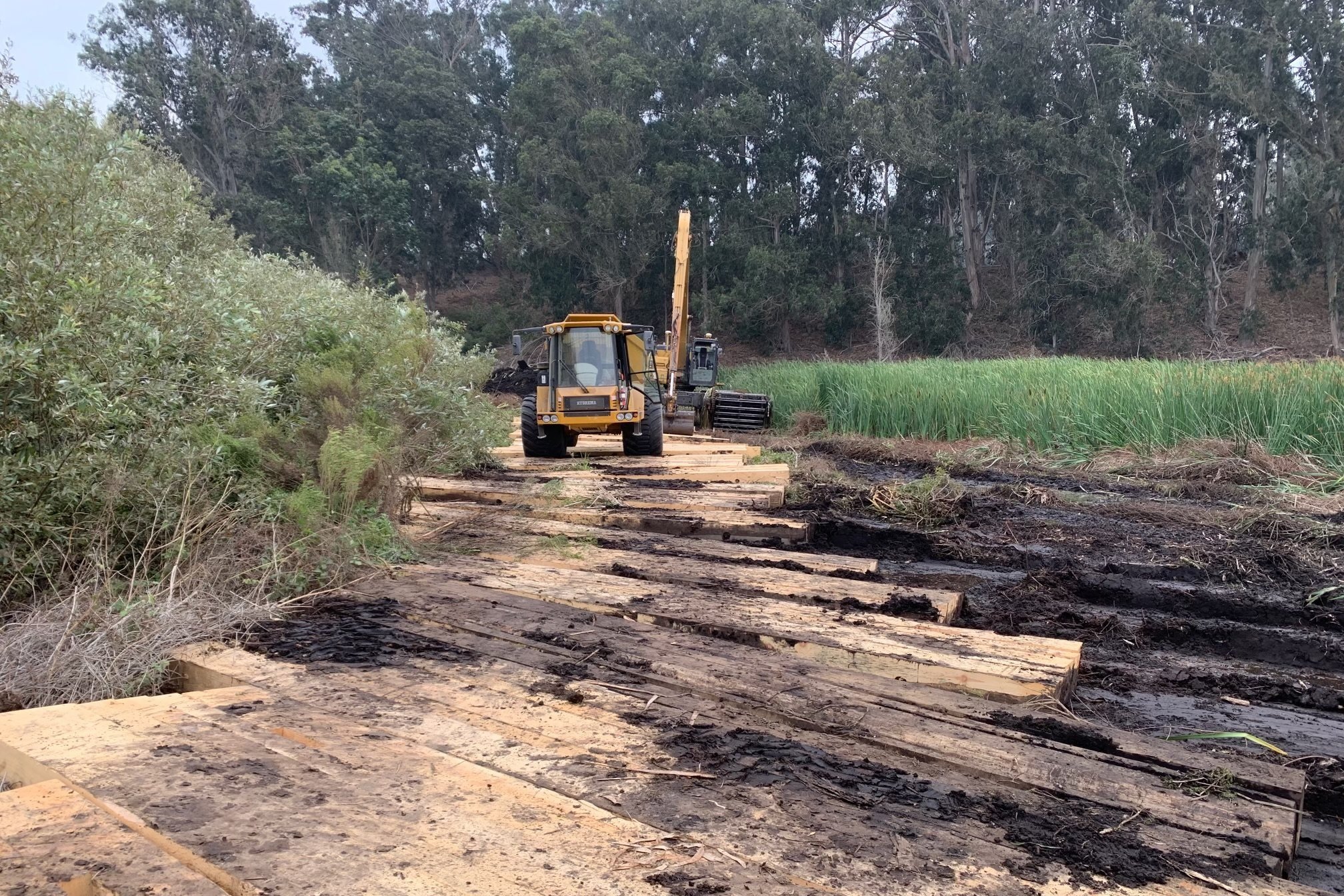
Black Lake Wetland Mitigation Project
The Black Lake Ecological Area Habitat Restoration Project is located east of Oceano Dunes State Recreation area in San Luis Obispo County, California. The project description to restore and enhance approximately 45 acres of coastal wetlands and adjacent uplands within the 160-acre Black Lake Canyon Ecological Area (BLEA) located near the community of Nipomo, in southern San Luis Obispo County, California.

Rodger's Ridge Shaded Fuel Break
The Rodger’s Ridge Shaded Fuel Break Project involved the establishment of a 16-acre shaded fuel break along a roughly 0.8-mile stretch of ridgeline affected by the 2017 Tubbs Fire. The primary objectives were to mitigate the accumulation of dead woody fuels, interrupt the horizontal and vertical continuity of fuels and decrease overall tree and shrub density.

Ackerson Meadow Restoration
Ackerson Meadow is the largest mid-elevation meadow in Yosemite National Park. The meadow is a vital wildlife corridor and habitat for endangered species such as the great grey owl and little willow flycatcher. Ackerson Meadow is facing significant challenges as a result of a century of landscape manipulation…

Salmon Habitat Enhancement at Muir Woods, Ph 2
This project is to conduct salmon habitat restoration actions in Redwood Creek at Muir Woods National Monument. The work requires use of heavy equipment within the channel, per drawings, to remove rock slope protection (RSP) from banks, grade some banks, install rock in tie-backs, install Large Woody Debris structures, and remove an asphalt trail.

PG&E MSA 2021-2023 C25379
Since 2013 Hanford has been supporting PG&E’s construction projects performing BMP Installation services in support of PG&E’s operations, maintenance, and construction activities. In addition to BMP Installation, other services provided include maintenance and removal of BMPs as well as post construction site stabilization.

Montage Healdsburg Resort: Erosion Mitigation and Management
Hanford ARC was contracted to assist with the management and mitigation of the erosion caused by soil disturbing development on site. Tasks included the installation of sediment perimeter controls and high visibility fencing along all resort roads.
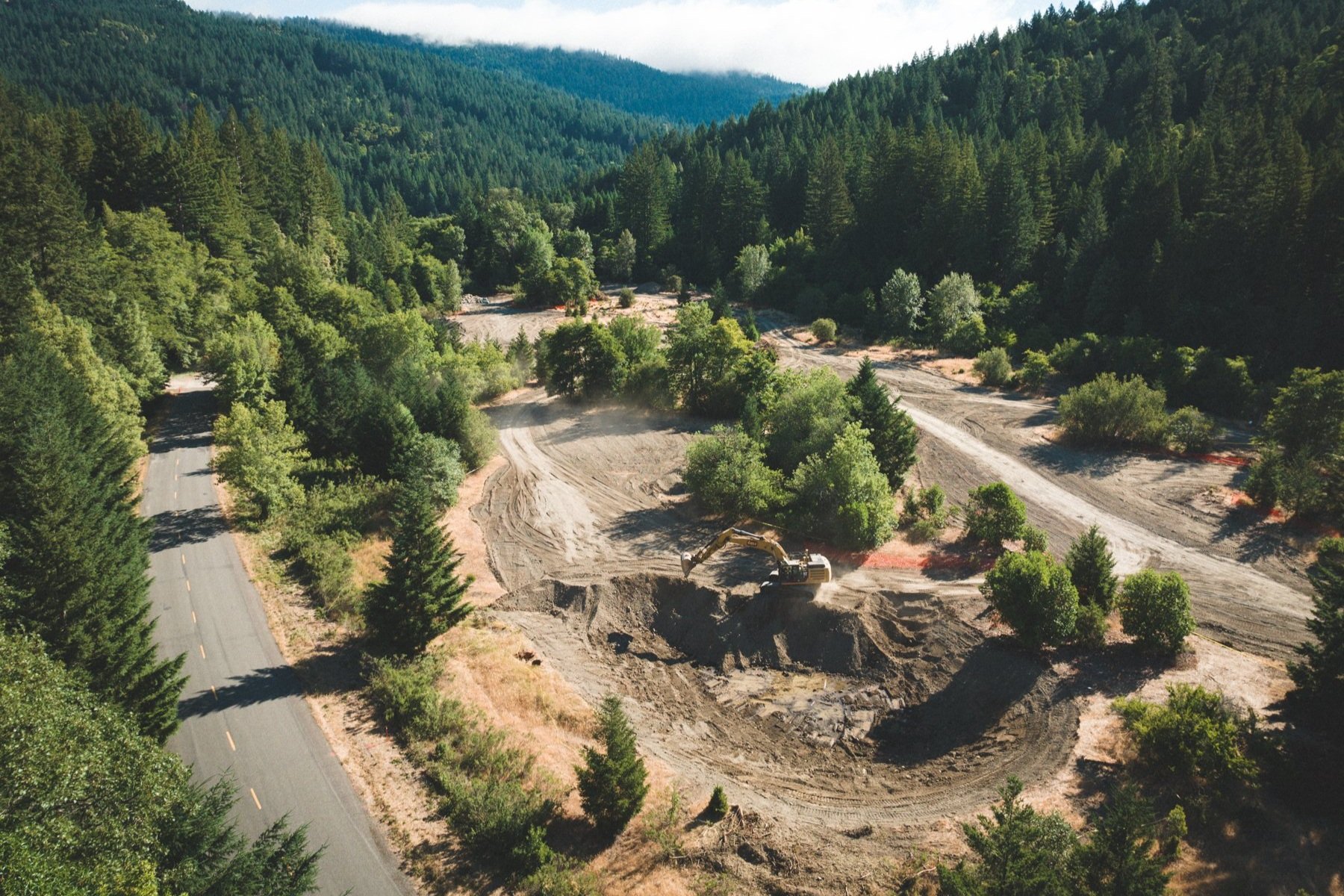
Bull Creek Hamilton Floodplain Restoration Project
The Bull Creek channel and its watershed exemplify the North-Coast’s century-and-a-half history of early settlement centered on rapid and excessive resource extraction leading to erosion, instream sediment deposition, and reduced quality and quantity of instream salmonid habitat.

San Geronimo
The project consisted of removal of defunct fish ladder and pool structures and installation of new channel grades and rock structures, floodplain creation, new pedestrian bridge and native plant installation.

Hope Valley Bank Stabilization Project
The Hope Valley Bank Stabilization Project was a creek and meadow restoration project located on the West Fork Carson River in Hope Valley, Alpine County CA. The project was a partnership between the Alpine Watershed Group (AWG), the CA Department of…
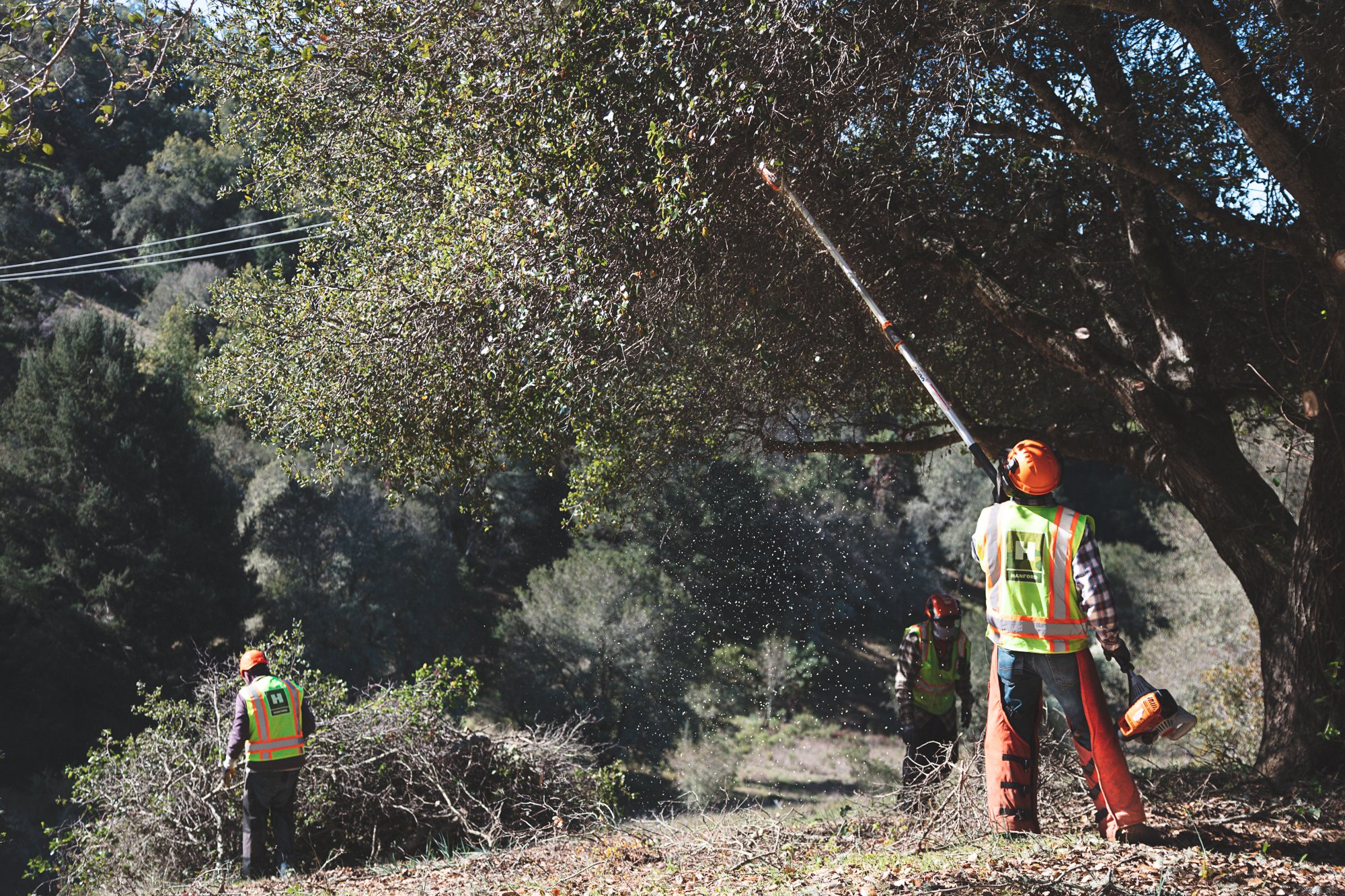
Marin Municipal Water District Fuel Reduction & Restoration 2020-2022
This project’s purpose is reducing fuel loads within Sudden Oak Death impacted redwood and Douglas-fir dominated forest stands, reducing Douglas fir tree encroachment into Oak woodlands and grasslands, removing invasive plants, installing native plants at restoration sites…
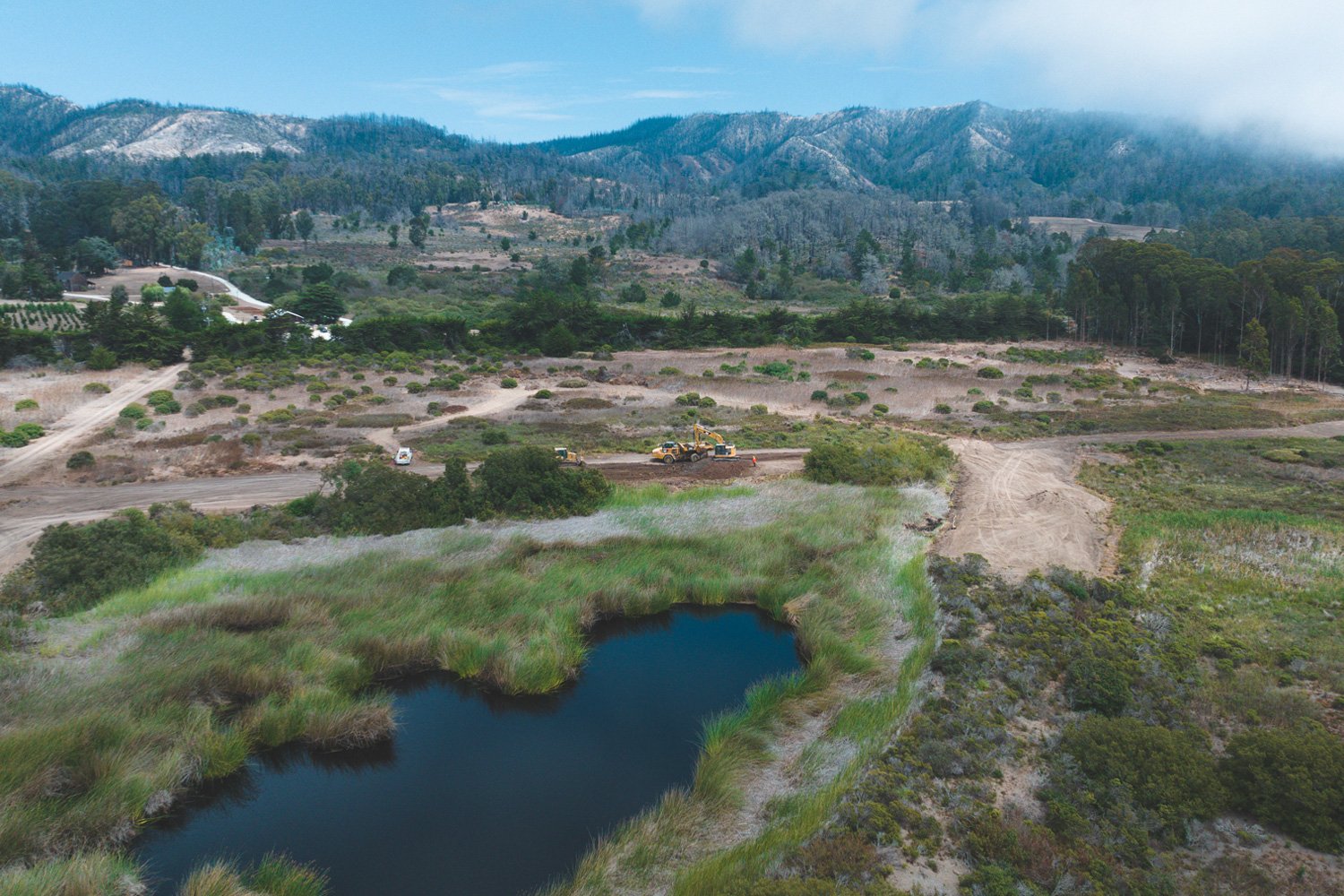
Green Oaks Habitat Restoration
The project restores the natural hydrology of the former Steele Ranch property, raising the seasonal groundwater table to support wet meadow and riparian habitat. Work will support the continued maintenance of current habitat and create additional seasonal and perennial open water with enhanced adjacent upland habitat for the benefit of California Red Legged Frogs and San Francisco Garter Snakes.
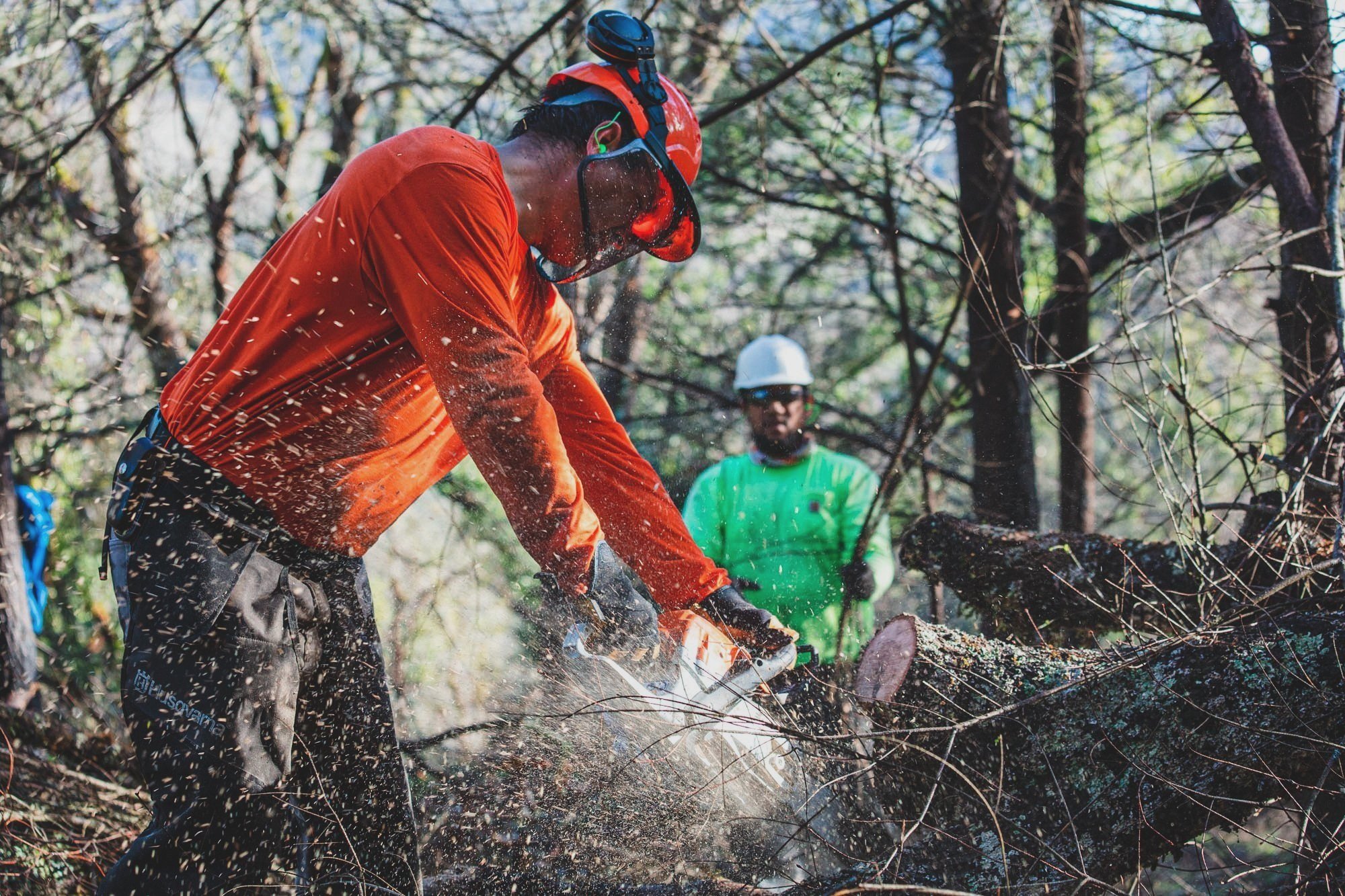
Saddle Mountain Shaded Fuel Break and Forest Thinning
At the instruction of Sonoma Agricultural Preservation and Open Space District (Sonoma Ag & OSD), Hanford performed tasks aimed at 1. Understory thinning and 2. A shaded fuel break at Saddle Mountain Open Space Preserve in Santa Rosa, California.
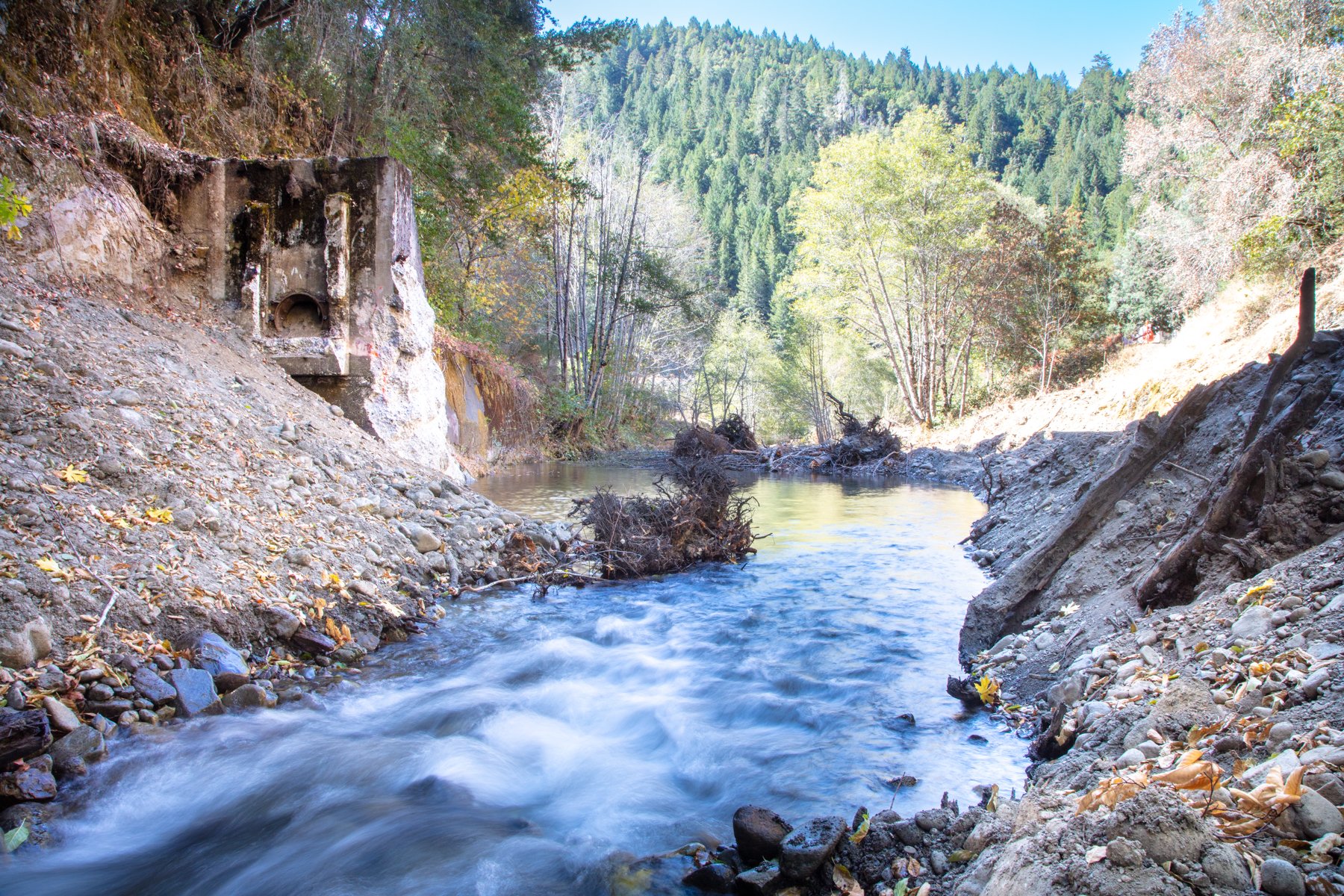
Cedar Creek Dam Removal
Work demolished and removed the former Cedar Creek Hatchery concrete dam and associated structures which were a migration barrier to anadromous salmonids.

Post Fire Recovery Hydroseeding, Spring Mt. Road
This project was focused on the restoration and stabilization for post fire recovery of the 2020 Glass Fire wildfire in Northern California, that started on September 27, 2020 and remained active for 23 days.

Dry Creek Habitat
Excavation of backwater alcoves and side channels into the floodplain areas of Dry Creek, installation of habitat and stabilization structures, stabilization of banks, planting and replanting riparian vegetation and trees, removal of non-native riparian vegetation, construction…

Lookout Slough Tidal Habitat Restoration Project
The Lookout Slough Project will provide the California Department of Water Resources (DWR) with high-quality Delta smelt habitat to help the state meet the requirements of an Endangered Species Act biological opinion. EIP is providing DWR with a large-scale…
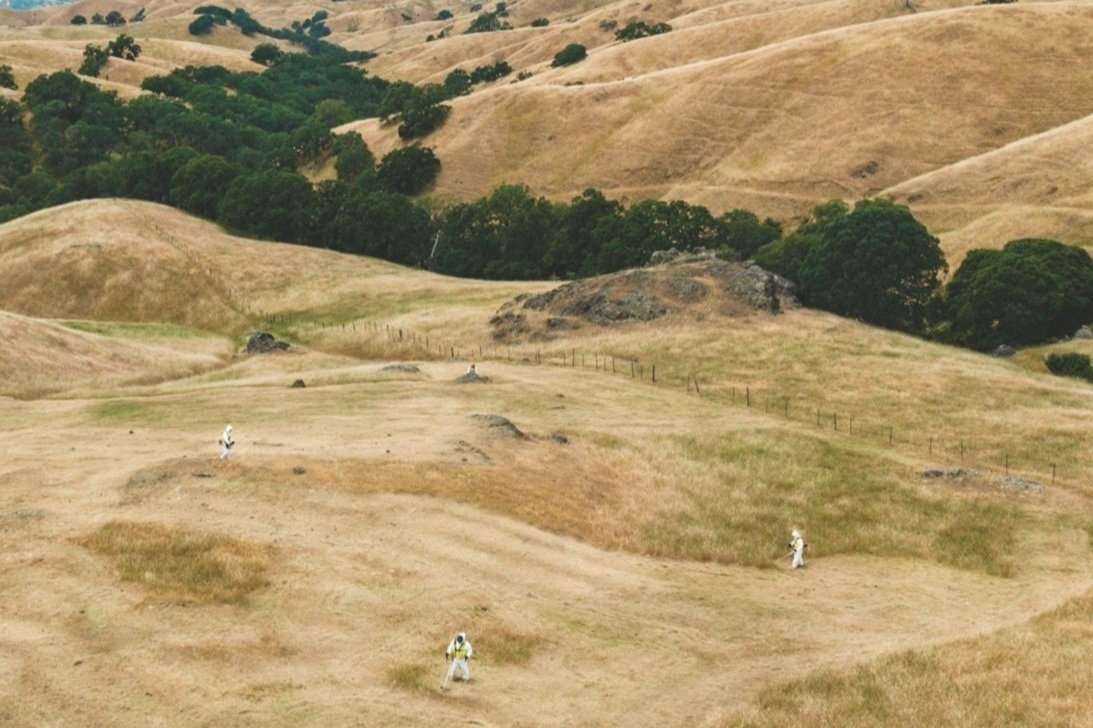
Bioregional Habitat Restoration – Grasslands & Riparian Weed Management
The purpose of the Bioregional Habitat Restoration (“BHR”) program is to fulfill mitigation obligations by making ecosystem-level improvements to habitat for rare and endangered species. The San Francisco Public Utilities Commission (SFPUC) has developed compensation sites to preserve, enhance, restore, or establish approximately 2,050 acres of native habitat ranging from ponds to wetlands to oak savannah.
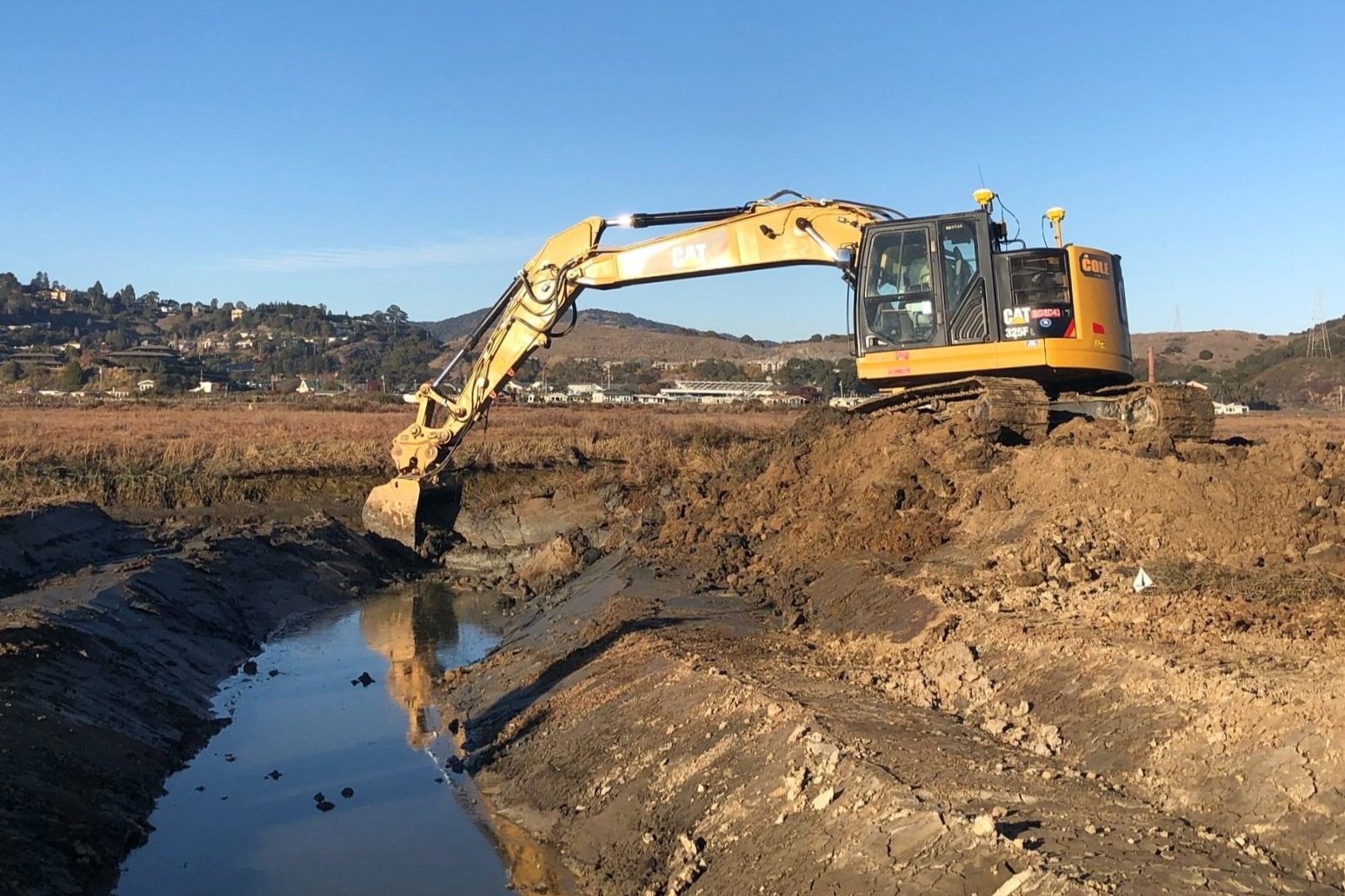
Corte Madera 4-acre Tidal Marsh Restoration Project
Restoration of 4 acres of tidal wetlands and 0.3 acres of seasonal wetlands at the District's property adjacent to the Corte Madera Ecological Reserve to create suitable habitat for the endangered Ridgway rail.
